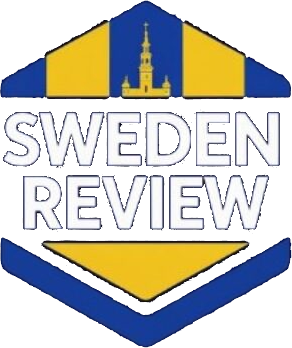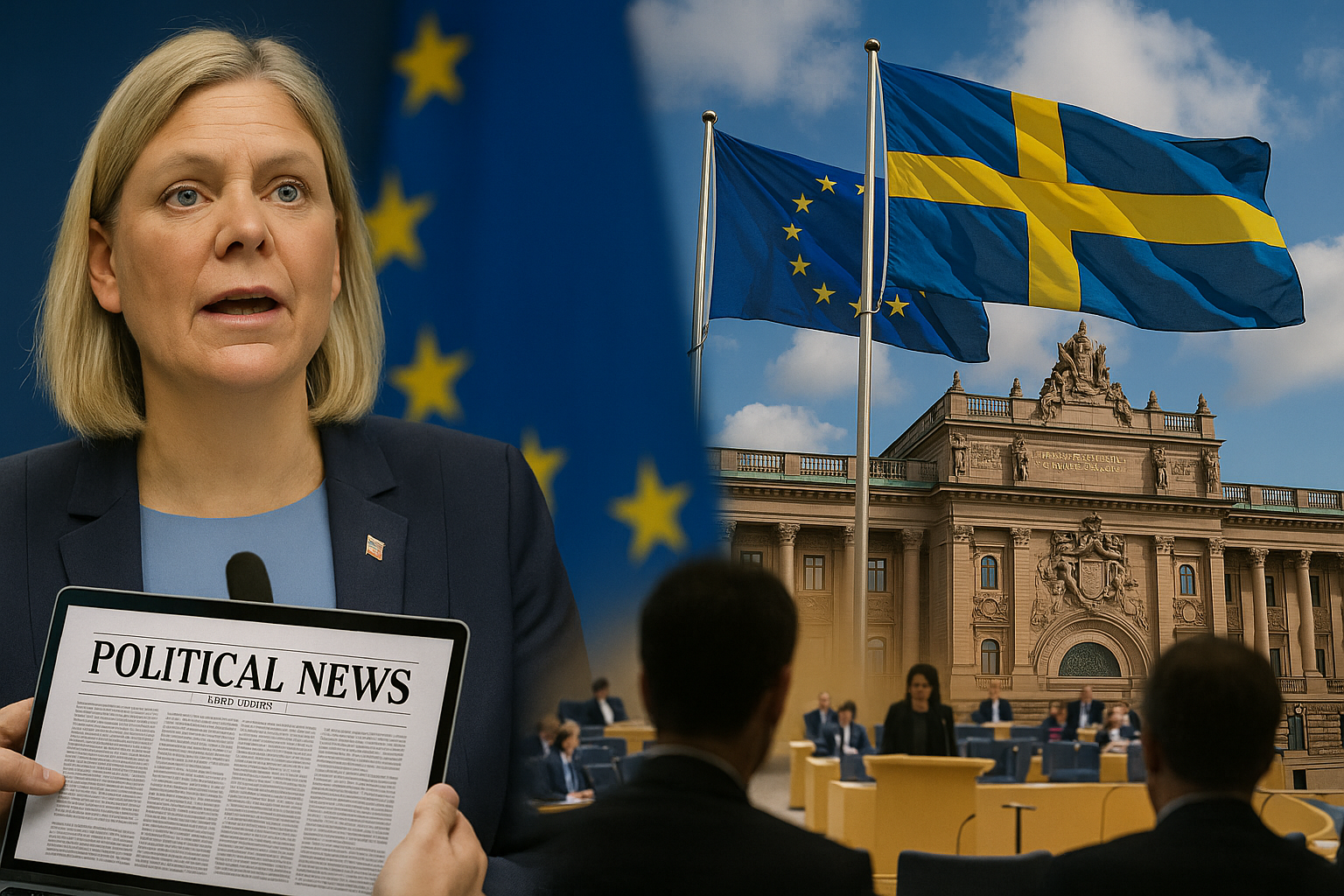The Media Ethics Committee blames Expressen for the documentary AA 35, was raped by “Captain dress” where the complainant is singled out and criticized for having failed in his profession as a doctor. The documentary included old articles with a number of negative information about the doctor. The doctor was pointed out by name and picture. But according to the board, there was no obvious public interest in appointing the doctor again. The doctor was also not allowed to respond to the repeated criticism.
What the media published
In the approximately 20-minute long Expressen documentary, the woman appeared openly and talked about her life. Today she lived an orderly life but had a background in her youth as an addict and of self-harming behaviour. She had previously appeared in the media, under the fake name “Nora” in the reporting on the high-profile “Captain’s dress” case. In 2013, a radio documentary was broadcast on P1 about her called “The Strapped Girl” which was about how she was brutally raped by the former police chief who was called “Captain Dress”.
In Expressen’s now notified publication, the reporter took up the content of the radio documentary and said that the woman had then criticized mental health care and especially the psychiatrist who did not let her see a female psychologist after the rape. In connection with that, background images of previous news articles and headlines and text were shown with the woman’s quote with the criticism of the complainant, a picture of the complainant, his name and geographical place of origin.
Notification
The complainant criticized Expressen because he was singled out in the now reported documentary, and that at the same time an article was shown with his name visible. He underlined in the report that the woman had had access to comprehensive care during the treatment. The claim that she was refused care was therefore directly incorrect. Although his name was not mentioned by Expressen’s reporter, it appeared in the pictures with the negative information. He described how he was harassed after the film. The then Press Ombudsman and the Press’s Opinion Board had decided in a decision in 2018 that he would no longer be considered a public figure and, among others, Expressen was condemned for naming him. Therefore, Expressen should know how the name of the complainant would be treated in the media.
The media’s response
Expressen did not consider that the complainant had caused unjustifiable publicity damage. The documentary had reproduced criticism of the complainant in a restrained manner. According to Expressen, AA must be allowed to tell about her experiences and her story must be considered very urgent. In Expressen’s documentary, she was told that she finally got to meet a female psychologist and how it made her life better. In addition, the part of the publication that concerned the notifier was very short – just over 15 seconds.
Notifier’s comment
The complainant reiterated that he suffered unjustifiable publicity damage and that his picture and name should not have been shown when the reporter told about the criticism against him. He was also not asked by Expressen about his view on what was said about the woman being refused a female psychologist.
Advertisement
Additional comment from the newspaper
Expressen stated that the complainant’s criticism applied to the radio documentary in 2013 and that this could not be tested ten years later. Furthermore, Expressen said that the newspaper did not make any assessment of whether the complainant in his profession as a psychiatrist did right or wrong, but pointed out that the responsibility of the doctor’s role is great, that a patient is in a weak position and that expertise must be able to withstand criticism.
The Media Ombudsman’s assessment
The Media Ombudsman (MO) made the assessment that the whistleblower had been singled out, but in a restrained manner. There had been damaging information about him and publicity damage had occurred. The question was whether it was unjustified or not. MO considered that the case was of public interest and that it was important that the complainant continued to work as a psychiatrist. The public interest and the restrained designation of the whistleblower meant that MO did not consider that the publication had caused the whistleblower unjustifiable publicity damage. The case was therefore written off by MO.
The case with the Media Ethics Committee
The complainant appealed the MO’s write-off decision and reiterated that he had been caused great publicity damage by Expressen’s publication of his name and picture together with the damaging information about him. He objected to the fact that MO did not consider that he had been caused any unjustifiable publicity damage even though MO found that he had been singled out. He also did not understand what MO meant by the fact that the background to previous critical publications about him would mean that he would now have to endure the reported publication. Expressen referred to its statements to MO and shared MO’s assessment that the complainant had not been caused any unjustifiable publicity damage.
The assessment of the Media Ethics Committee
The board notes that the now notified publication shows a number of previous negative publications where the name of the complainant and also in some cases his picture appear. Although these previous publications are only visible in the background of Expressen’s film, the designation of the informant and the negative information about him are clear. The negative information about the whistleblower published in the film is several years old. Even if the public interest in the subject and the life story to which the film concerns is very great, there is no obvious public interest that justifies the whistleblower being singled out again. Added to this is the fact that nothing came to light that the notifier would have been given an opportunity to be treated. All in all, this means that the notifier has suffered unjustifiable publicity damage. Expressen must therefore be blamed for having violated good journalistic practice.
This is a shortened version of the board’s decision. The decision in its entirety will be available on the website of the Public Media Ombudsman/Media Ethics Committee www.medieombudsmannen.se.
Footnote: The Press Opinion Committee and the Public Press Ombudsman were reorganized on 1 January 2020 into the Media Ethics Committee and the Public Media Ombudsman.






